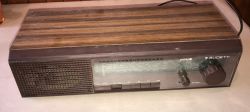 .
.Today another short presentation of an old Polish monophonic radio, this time Unitra Sudety R-208 produced by Dior from the years ca. 1987-1990. This radio offers AM and FM reception and sound recording to an external tape recorder, supports the ranges of long wave (148.5-283.5 kHz), medium wave (526.5-1606.5 kHz), short wave (5.95-9.9 MHz and 11.65-21.85 MHz) and FM (65.5-74 MHz). Detailed sensitivity, power and power supply parameters can be found in the original manual attached to the subject.
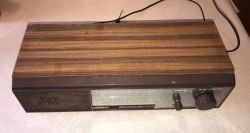 .
.First, let's take a look at the front end, which houses the bare minimum of functionality, namely the on/off switch, D, S, K1, K2, U band selection, tuning and volume control.
 .
.In addition, when tuning, we have red illumination of the ranges:

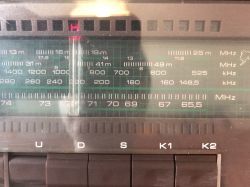
 .
.Small video, impressive for the time:
A glimpse of the rear, connector for aerial, cassette slot, for recording only:
 .
.Looking inside:
 .
.Doesn't look too bad, but there is a broken tuning string:
 .
.You can then release the catches and slide out the front panel including the PCB:
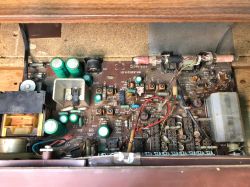 .
.Let's take a look at the PCB. This design is characterised by the presence of a switch on the secondary side only. Here in the picture the fuses.
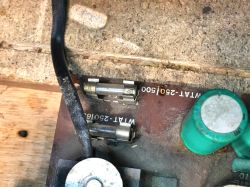 .
.UL1481, audio amplifier:
 .
.UL1211, audio amplifier including two AM/FM amplifiers with AM detector, FM amplifier with limiter and voltage stabiliser:
 .
.Ferrite antenna, BF194, BF195 transistors:
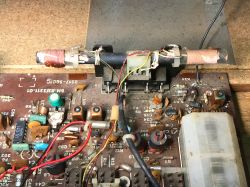 .
.Tuning capacitor, isostats:
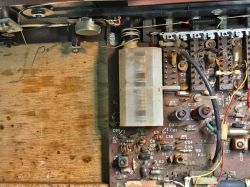
Tonsil loudspeaker 1,5 W, 8 Ω, Made In Poland:
 .
.Elwa electrolytic capacitors:
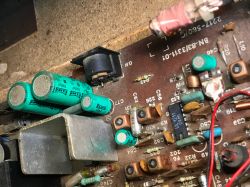 .
.A few more pics of the PCB:
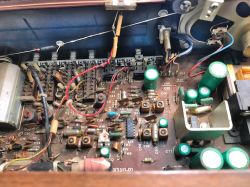

Schematic:
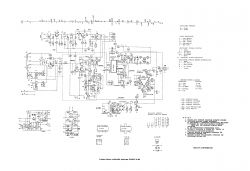
Instructions with specifications:

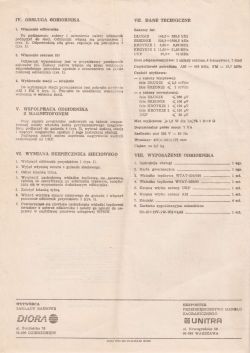
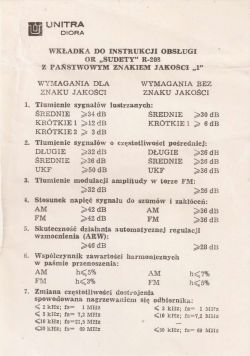
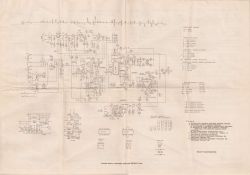 .
.Summary .
Another short gallery, perhaps of interest to someone. The receiver itself electrically almost identical to previous versions of the R-206 and R-207, at least one of which has also already been featured on the forum. To listen more in our time it requires tuning, although the cabinet will decorate even without that.
That's it from my side, feel free to share photos of your receivers, maybe someone will show his collection? .
Cool? Ranking DIY Helpful post? Buy me a coffee.





